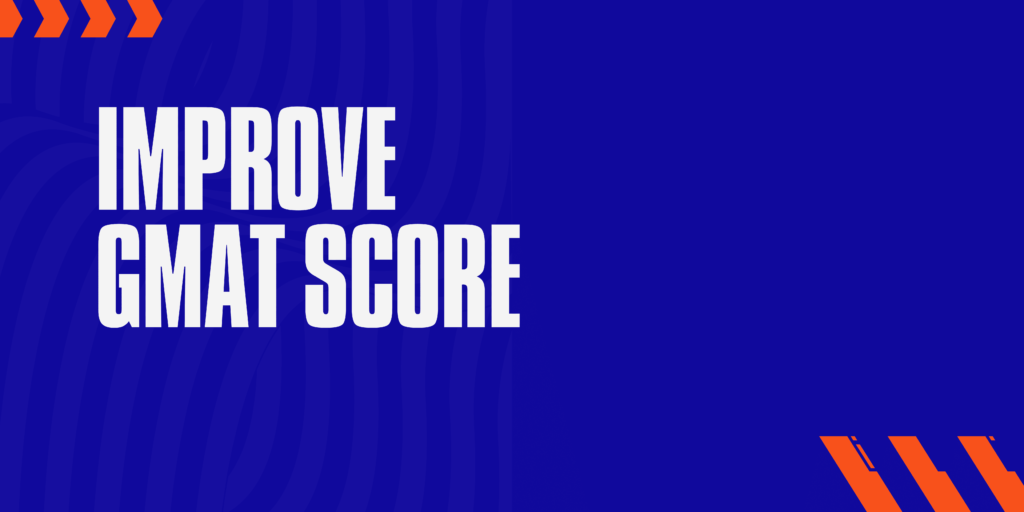
A student’s journey from 575 to 685 (Q88/V81/DI83) on the GMAT proved to be a transformative experience worth sharing. After months of studying and incorporating advice from various sources, they achieved this significant improvement. Here’s how they approached each section and were able to improve GMAT score
The Verbal Transformation

The breakthrough in verbal came when another test-taker helped the student realise that success wasn’t about English proficiency or reading habits – it was pure logic. This mindset shift proved crucial.
Initially, the student would spend 14 minutes per Reading Comprehension passage, getting tangled in details and multiple re-reads. They managed to reduce this to 8 minutes by focusing on passage structure rather than memorizing details. Their approach shifted from “what did the author write?” to “why did the author write this?”
Critical Reasoning became their strongest area once they approached it as a logic puzzle. Surprisingly, they went from dreading boldface questions to finding them enjoyable.
Quant Reality Check
Despite having an engineering background, the student had to overcome several counterproductive habits:
- An inability to abandon difficult questions, which wasted precious time
- Rushing through seemingly simple questions, leading to careless calculation errors
They eventually learned to mark questions and move on if they couldn’t solve them within 2.5 minutes – a simple but challenging strategy to implement. They eventually practiced and got over it!
Data Insights Section
In Table Analysis, the student initially lost time by over-relying on their calculator. They learned that extensive calculations usually indicated a missed simpler approach.
The student nearly abandoned Multi-Source Reasoning until realising how significantly it could impact their score. Success came when they began treating these questions like extended Reading Comprehension passages.
Test Experience
First Attempt: Despite food poisoning and fever, the student scored 645, proving their preparation’s effectiveness.
Second Attempt (685):
- Spent time with friends the previous day
- Completed some medium-difficulty questions as warm-up
- Followed Quant → Verbal → DI sequence
- Completed all sections with time remaining
Key Success Factors
- Maintaining consistency rather than intense but irregular study sessions
- Practicing full sections to master timing, beyond just individual questions
- Building skills methodically, which made the actual test feel more manageable than practice questions
The question of how to improve your GMAT score is a valid and stressful one, having taken a shot and falling short but by identifying key issues and incorporating some of these strategies, students can learn to improve their test taking strategy and getting over the line.
